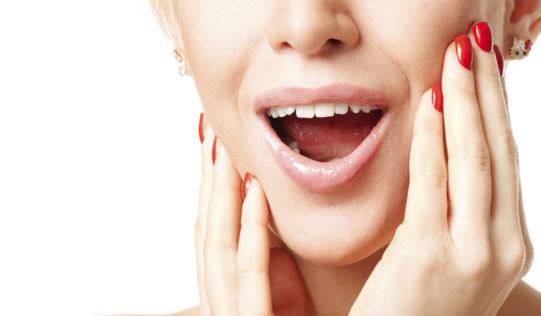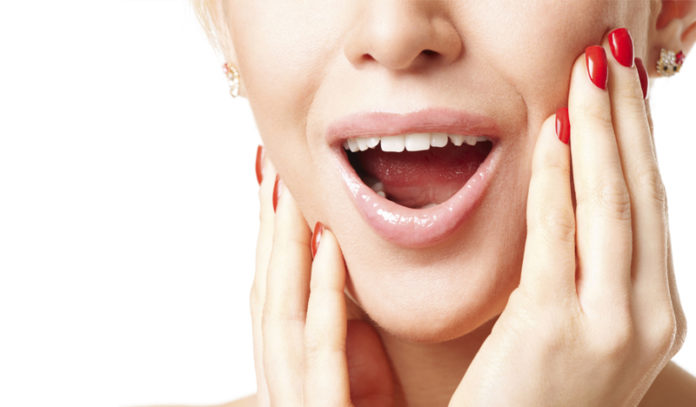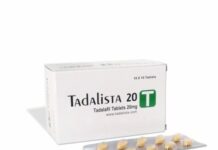Trying to figure out how to stop TMJ and start feeling better? TMJ which stands for temporomandibular joint works like a sliding hinge that connects your jawbone and your skull. However, TMJ sometimes has symptoms which can trigger pain in your jaw joint as well as the muscles which are responsible for controlling the movement of your jaws.
TMJ is often associated with severe pain and discomfort, and it’s hard to know what you can do to solve it. This disorder can be temporary or last for several years. In addition, it can either affect one or both sides of your face and is common between individuals within the 20-40 years age bracket.
 You do need to know that there are numerous TMJ symptoms but the exact cause of TMJ is definitely harder to determine. TMJ pain often happens as a result of a number of complications such as jaw injury or arthritis. Some individuals who grind their teeth also tend to suffer from TMJ disorders.
You do need to know that there are numerous TMJ symptoms but the exact cause of TMJ is definitely harder to determine. TMJ pain often happens as a result of a number of complications such as jaw injury or arthritis. Some individuals who grind their teeth also tend to suffer from TMJ disorders.
1TMJ Causes

TMJ disorders take place when;
- The disk becomes eroded and is moved out of its rightful position
- The joint is damaged because of a blow or any other impact
- The joint’s cartilage is damaged because of arthritis
Other causes of TMJ syndrome include;
- Injury to the jaw or teeth
- Teeth grinding
- Gum chewing
- Stress
- Poor posture
- Arthritis
How TMJ is Diagnosed
TMJ disorder is not an easy condition to diagnose because a lot of the symptoms share similarities with other ailments such as tooth decay, arthritis, gum disease and sinus problems among others. Dentists can conduct a physical exam and also examine your health history in order to check whether you have symptoms of TMJ.
Physical Exam
During the physical exam, a doctor will examine your joints for any pain and tenderness as well as listen for any sound when you move your jaw joints. This test involves checking if your jaw is working properly so that it doesn’t lock whenever you close or open your mouth. In addition, a doctor will also check if you have any problems with your facial muscles.
X-ray
Your dentist can also recommend full face x-rays in order to examine your jaws, temporomandibular joints as well as your teeth just to be sure everything is alright.
MRI (Magnetic Resonance Imaging) or CT (Computer Tomography)
Specialized tests such as MRI and CT scan can be used to check whether you have this health disorder. MRI scan checks whether the TMJ disc remains in proper position as your jaw moves. On the other hand, a CT scan displays the bony section of a joint.
Orthodontist Check-up
The role of an orthodontist is diagnosing TMJ is to check whether your teeth, joints as well as muscle are working normally as they should.







